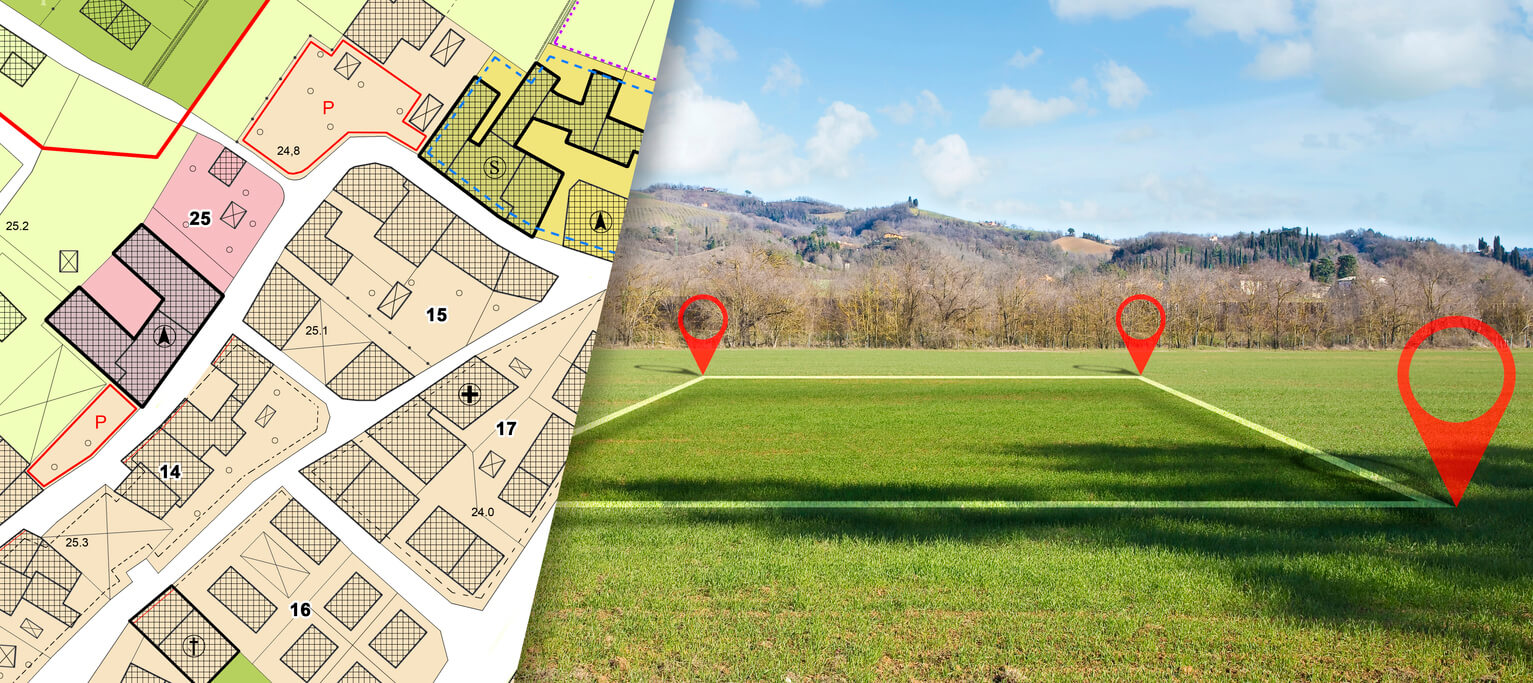As a property developer, you need to be prepared to face multiple challenges and obstacles before you even break ground. Particularly taxing is running into zoning challenges when you’ve got your building design ready to go. If you find your building permit application bumping up against zoning issues, it’s not the end of the road—there are steps you can take to address these hurdles.
Understanding the Zoning Problem
The first step is to figure out precisely what aspects of your project aren’t aligned with the local zoning requirements. Zoning laws are there to regulate land use, dictate the types of structures that can be built, and ensure that the character and use of the community are preserved. These laws might relate to the building’s height, density, lot size, parking requirements, signage, and more.
You can only start exploring possible solutions once you’ve identified the specific zoning challenge.
Engaging with Local Planning Departments
Open communication with your local planning department should be high on your list. They know the zoning code inside out and can provide insight into the specifics of what is allowed and how your application fails to meet the requirements. It’s possible that there’s a misunderstanding or a minor compliance issue that you can resolve with their guidance.
Pursuing a Variance or Exception
If there’s no easy fix, consider applying for a variance or zoning exception. This is essentially a request for a special allowance on one or more zoning requirements. You’ll need to demonstrate that your project deserves this exception due to unique circumstances, such as unusual land shapes or pre-existing conditions that make compliance impractical or exceedingly burdensome.
Securing a variance may involve public hearings and presenting your case to a zoning board or similar body. Focus on communicating the worth and necessity of your project. You’ll want to illustrate how your development could benefit the community and why the variance would not be out of step with the area’s character.
Revising Your Plans
In some cases, the path of least resistance is to go back to the drawing board. Adjusting your plans to meet the zoning requirements may be more straightforward—and less time consuming—than pursuing a variance. While this might mean compromising on some aspects of your initial vision, it can save you time and the potential cost of legal battles down the line.
Legal Counsel and Community Engagement
Consulting with a land use attorney can help you navigate the more complex challenges. They bring expertise in local land-use laws, and can assist in making a strong case for your project. They could also represent you in front of zoning boards and other regulatory bodies if necessary.
At the same time, don’t overlook the power of community support. Engaging with neighborhood groups and other stakeholders early on can help rally public opinion in your favor. Communities appreciate developers who consider their input and are willing to work towards mutually beneficial solutions.
Staying Flexible and Informed
The property development field is ever-changing, and staying flexible is key. Aside from having a deep understanding of the local zoning regulations, you should also stay informed about any proposed changes. These can impact your development, but they can also open up new opportunities.
Proactive Planning
Engaging in proactive planning, including a thorough understanding of the zoning laws before initiating the design process, can significantly reduce the risk of future zoning challenges. Early consultations with zoning experts, architects familiar with local laws, and local officials can provide insights that shape a compliant project from the start. If your local planning department is using eCheck by Archistar, this can make it easier to avoid challenges to your application. eCheck evaluates digital submissions against local regulations and immediately returns a pass or fail result.
With this, you can make adjustments to your application before final submission, and also know what zoning challenges it might face.
Zoning challenges can be daunting, but they’re not insurmountable. It’s all about finding that balance between your project goals and the community’s vision, forging a path that benefits not just your bottom line but the neighborhood as well.


